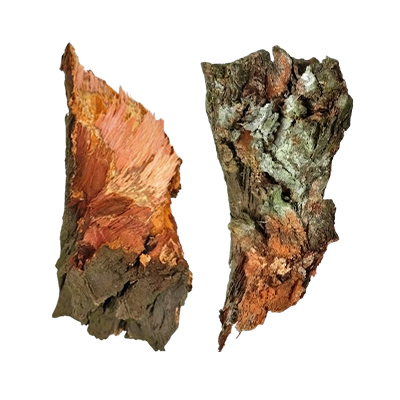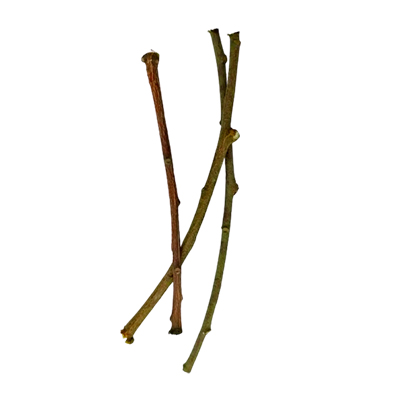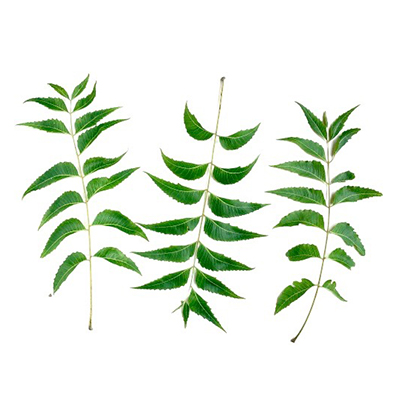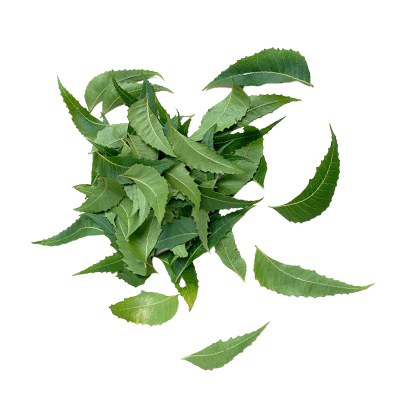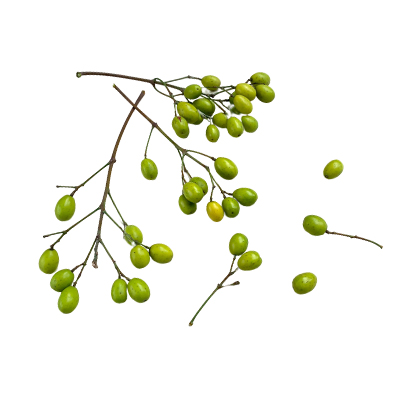Neem Tree
Azadirachta indica A.Juss.
Meliaceae
Location in our garden
Principal
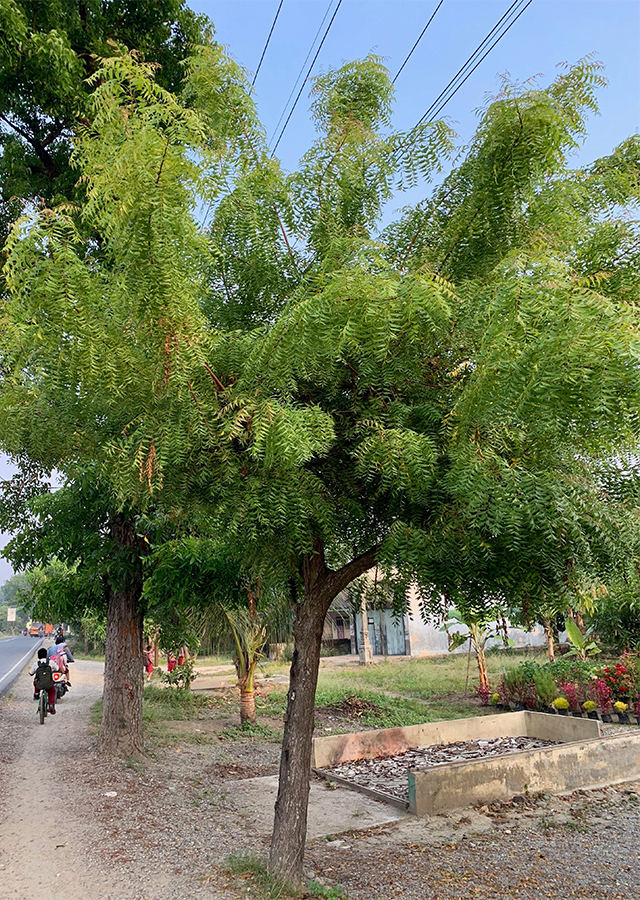

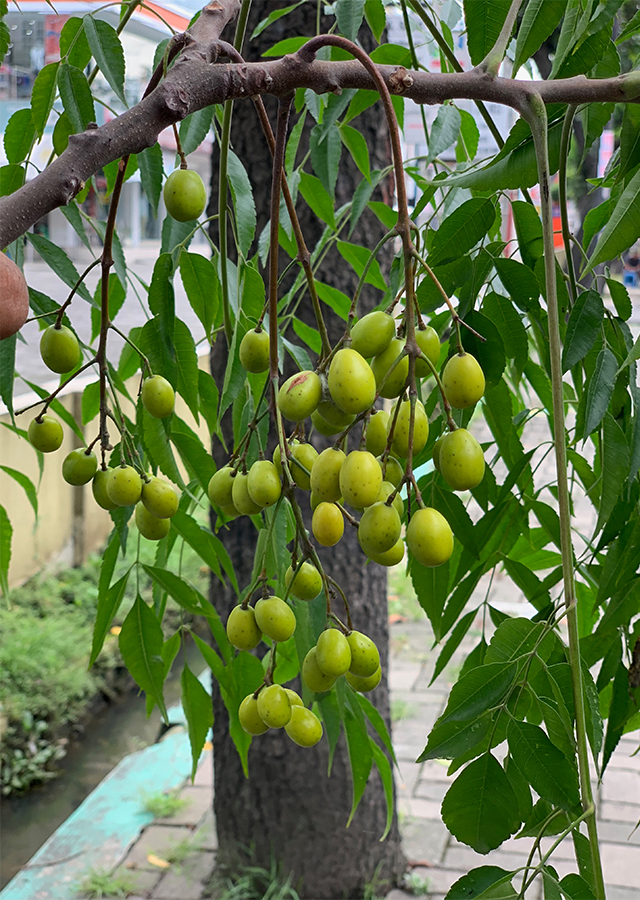
Synonym
Antelaea azadirachta (L.) Adelb.
Antelaea canescens Cels ex Heynh.
Antelaea javanica Gaertn.
Habitus
Trees. Small to medium sized tree, usually evergreen, up to 30 m tall with a large round crown up to 20 m wide; spreading branches; unbranched stems up to 7.5 m long, up to 90 cm wide, in some cases fluted at the base
Part Used
Leaves
Seeds
Bark
Twigs
Growing Requirements
Drought Resistant
Habitat
Forest
Grassland
Overview
It is spread throughout the Indian subcontinent. It has long been developed in Peninsular Malaysia, Indonesia and Thailand, where it is completely naturalized and has modified deciduous forests. In the 19th century, displaced South Asians took it to Fiji, Mauritius and Guyana, and England to Sudan, Egypt, East Africa, and sub-Sahel West Africa, where it was extensively developed and had first naturalized. It has recently appeared in tropical South and Central America, Florida, Hawaii, Saudi Arabia, the Philippines, and northern Australia.
Vernacular Names
- America: neem
- Burma (Myanmar): tamar, tamarkha, thinboro
- Cambodia: sdau
- English: margosa tree, Indian lilac, neem
- France: azadirac de l'Inde, margosier, margousier
- Indonesia: intaran (Bali), membha (Madura), mimba (Java)
- Laos: kadau
- Malaysia: baypay, mambu, veppam (Peninsular)
- Papua New Guinea: neem
- Philippines: neem
- Singapore: kohomba, nimba, veppam
- Thailand: khwinin (general), sadao (central), saliam (northern)
- Vietnam: sầu dâu
Agroecology
Neem is found actually from an altitude of 0-700 m, but can thrive at an altitude of up to 1500 m. The harshest annual low can range from 9.5-24.0 °C, the harshest yearly extreme temperature can range from 26.3-36.7 °C. A suitable soil surface for neem can range from pure sand to abundant clay with a pH of 6.2-7.0. Neem is attracted to rich, medium-textured soils, but still performs better than most other species in shallow soils, poor soils, or in negligible sloping and rocky areas, counting holes at thin shocks. It is occasionally found in soils of moderate salinity, and has been found.
Morphology
- Bark - modestly thick, with little scattered tubercles, profoundly fissured and chipping in ancient trees, dull dark exterior and ruddy interior, with colourless, sticky rank sap.
- Leaves - substitute, swarmed close the conclusion of branches, basically pinnate, 20-40 cm long, exstipulate, light green, with 2 sets of organs at the base, something else glabrous; petiole 2-7 cm long, subglabrous; rachis channelled over; flyers 8-19, exceptionally short-petioluled, interchange proximally and more or less inverse distally, applaud to lanceolate, now and then falcate, (2-)3.5-10 cm × 1.2-4.0 cm, gleaming, serrate, pinnacle acuminate, base unequal.
- Flowers - indiscriminate or male on the same tree, actinomorphic, little, 5-merous, white or pale yellow, marginally sweet scented; calyx flaps imbricate, broadly applaud and lean, puberulous interior; petals free, imbricate, spathulate, spreading, ciliolate interior; stamens 10, fibers intertwined into a 10-lobed staminal tube, glabrous and somewhat ribbed exterior, anthers sessile, inverse the adjusted to laciniate flaps; disk annular, intertwined to the base of the ovary; ovary prevalent, fashion slim, shame capitate, 3-lobed. Inflorescence: an axillary, many-flowered thyrse, up to 30 cm long; bracts miniature and caducous.
- Fruit -a 1(-2)-seeded drupe, ellipsoidal, 1-2 cm long, greenish, greenish-yellow to yellow or purple when ready; exocarp lean, mesocarp thick, endocarp cartilaginous.
- Seeds - ovoid or round, pinnacle pointed, testa lean. Seedling: epigeal germination; cotyledons thick, plump, curved with an adjusted pinnacle and sagittate base; to begin with combine of takes off inverse, ensuing sets either inverse or interchange, to begin with few takes off ordinarily trifoliolate, afterward 5-foliolate with profoundly etched, pinnatifid, or partite flyers.
Cultivation
Neem is generally propagated by seed, but can also be propagated vegetatively by layering, root and shoot cuttings, grafting, marcotting, and tissue culture. The fruit is soaked in water for 1-2 days, peeled and the seeds are dried in the shade, and put in a well-ventilated cloth or burlap sack. The seeds should not be stored in airtight containers or plastic bags, but should be sown as quickly as possible. Seeds are regularly sown in nurseries in rows of 15-20 cm × 2.5-5 cm, in a sunny place and covered with a net.
Chemical Constituents
Azadirachtin, meliacarpin, nimbin, nimbolinin, salannin, azadirone, gedunnin, vilasinin.
Traditional Medicinal Uses
Neem has the potential to treat anthelmintics, diuretics, laxatives, acne, eye diseases, hepatitis, stiffness, scrofula, ringworm, and ulcers.
Part Used
Reference Sources
- Lemmens, R.H.M.J., Soerianegara, I. & Wong, W.C. (Editors), 1995. Plant Resources of South-East Asia No 5(2). Timber trees: Minor commercial timbers. Prosea Foundation, Bogor, Indonesia. 655 pp.
